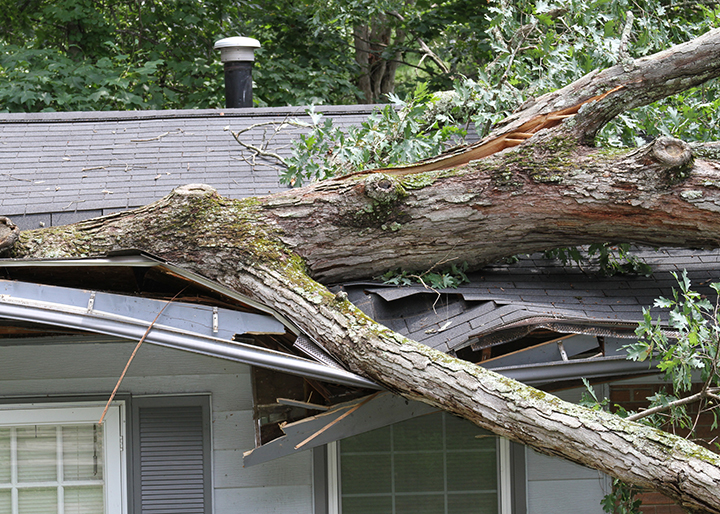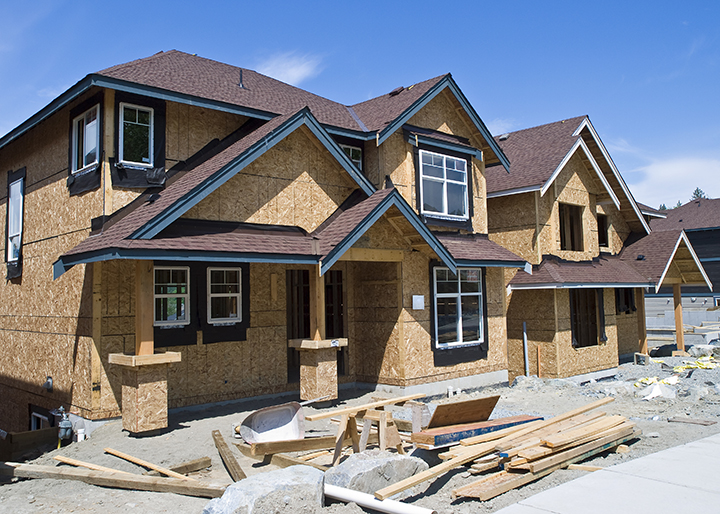Navigating the Evolving Insurance Landscape
A Guide for Real Estate Investors in 2024 By Jason Jones Property owners across the country are grappling with the aftermath of another intense year for the insurance market. Extreme weather events and large-scale natural disasters have caused the insurance landscape to evolve significantly over the last few years. But what does that mean for real estate investors? Let’s start with a look back at a few of 2023’s most
Read More












